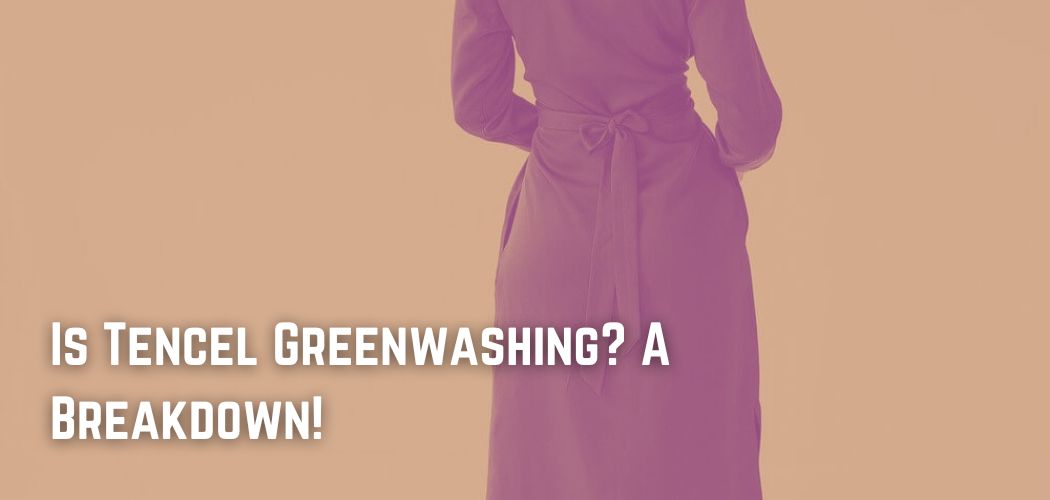Tencel is the trademarked brand name for clothing manufactured from lyocell and modal fibers.
Tencel is comparable to lyocell and modal in the same way that tissues are called Kleenex and plastic bags that zip are called Ziplocks.
Lyocell and modal fibers are renowned for their softness and eco-friendliness.
These hopeful claims have recently made Tencel the topic of conversation among textile manufacturers, fashion experts, and retailers.
In a blind test, a panel found that sheets made of tencel were softer than those made of any other cotton or cotton blend.
In addition to its suppleness, Tencel possesses a variety of additional advantageous features.
Tencel lyocell fabric has a fluid drape, is resistant to wrinkles, and holds dye well, allowing it to be colored in a variety of brilliant hues.
Tencel modal is commonly used to manufacture intimate and loungewear items due to its excellent softness.
Overall, Tencel is an excellent choice for anyone wanting long-lasting, and sturdy clothes.
Future Goals
Tencel could play a big role in the future of fashion if it continues to recognize and care about the importance of being environmentally friendly.
From a variety of perspectives, there is little reason why Tencel should not replace other textiles in a wide range of garments. Tencel’s ability to change, last, feel soft and shiny, and leave less of a carbon footprint are undeniably selling points.
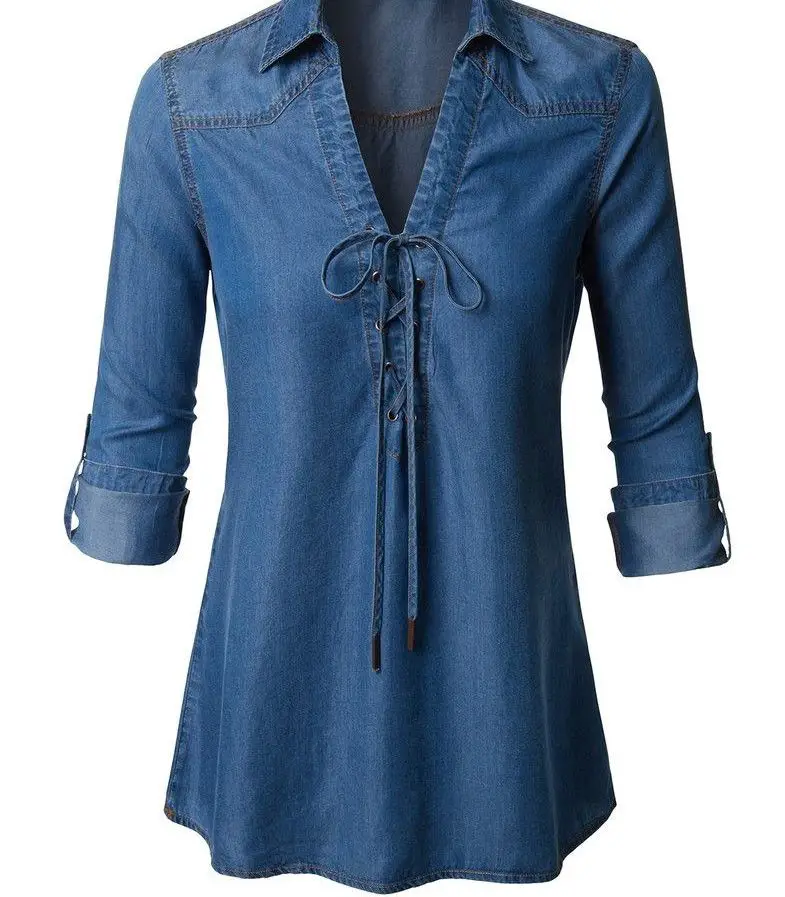
Tencel has a far lower production capacity than cotton and other materials, making it harder to replace in bulk.
Expanded Tencel production facilities may enhance the product’s availability while reducing production costs.
With more people wanting the fashion industry to use environmentally friendly methods, Tencel may be able to produce more, which could make it a more important fabric.
Eco-Friendly Or Not?
The Tencel brand fibers are created using environmentally friendly techniques using wood acquired in a sustainable manner.
The trademarked yarn is certified biodegradable and derived from sustainable and botanical sources.
But it is important to tell the difference between patented Tencel, lyocell made from non-renewable sources, and lyocell blends, which are made of lyocell and other fibers.
A lyocell blend might not be as environmentally friendly as pure lyocell because it might have synthetic fibers that make microplastics.
Even though lyocell uses less water than cotton, it is important to make sure that the lyocell in your clothing comes from raw materials that are sourced in a sustainable way.
In general, Tencel and Lyocell are excellent options for anyone seeking durable, soft, and long-lasting clothing. Examine the Tencel trademark label for pure lyocell as opposed to lyocell mixtures.
Impact On The Environment
The Tencel-branded fabrics are manufactured using sustainably sourced natural wood fibers and eco-friendly techniques.
Even though Tencel is a lyocell fiber, not all lyocell fibers are made by Tencel, so you can’t be sure that they are as good for the environment as Tencel fabrics.
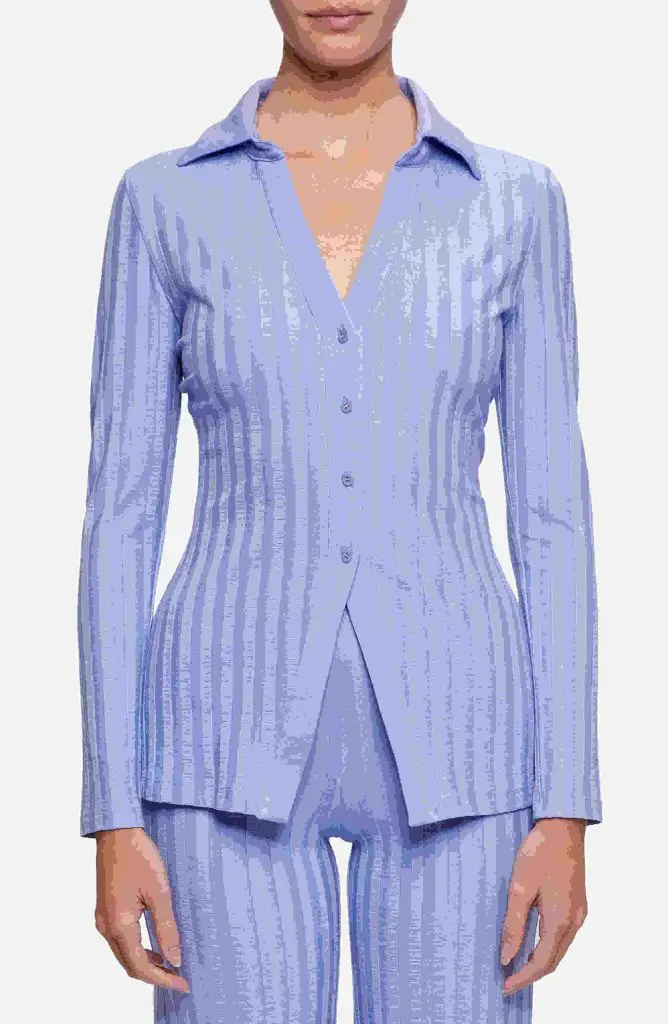
Non-trademarked lyocell may be derived from non-renewable resources or maybe a mixture incorporating lyocell and other fibers.
On the other hand, the creation of Tencel uses wood from trees sourced from sustainably managed forests as well as recycled, less hazardous chemicals.
Tencel’s fibers are both compostable and biodegradable, allowing them to return to nature without producing any further waste.
Certified Or Not?
The USDA certifies TENCEL as biobased. Honestly, this is of little significance. This program was introduced by the 2002 Farm Bill (legislation) and expanded by the 2014 Farm Bill, according to a USDA fact sheet.
The increased development, acquisition, and usage of biobased products will lessen our nation’s dependence on fossil fuels and increase the use of renewable agricultural materials.
Essentially, the United States desired to use less plastic and more forests.
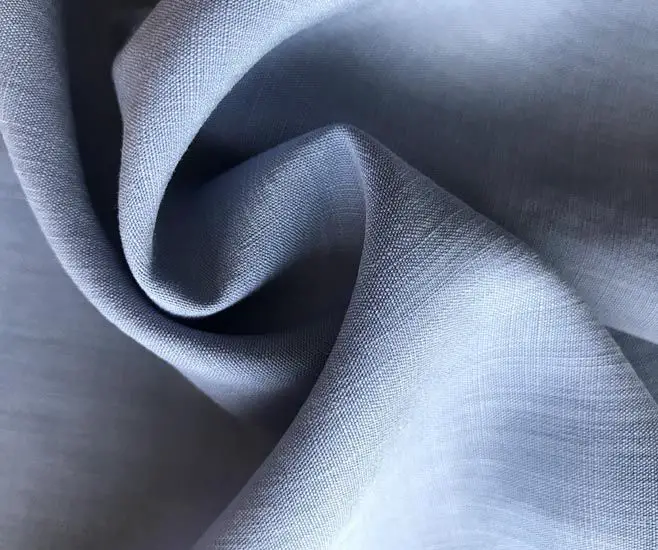
A Belgian certification agency has also certified TENCELTM goods as biodegradable and compostable. Again, cellulose-based materials should be biodegradable and compostable.
TENCEL is obtained from forests that have been certified by the Forest Stewardship Council (FSC) and the Programme for the Endorsement of Forest Certification (PEFC).
However, this certification is difficult to locate on the website (PEFC). Here is a current, valid until 2021, Rainforest Alliance accreditation (notice that these are not fabric or fashion-specific certificates; they apply to any wood-based product!) The Rainforest Alliance explains.
How Is It Manufactured?
Tencel fiber is comparable to rayon in certain ways. Both are classified as “regenerated cellulose” fibers, which are produced by dissolving wood fibers in a chemical solvent.
Although Tencel has a natural origin, it is nonetheless a synthetic material. The fiber is neither classified as “natural” nor “synthetic.”
Tencel fibers are derived from birch, beech, spruce, and eucalyptus trees, which are subsequently processed into fibers. The wood pulp extracted from these plants is dissolved in a chemical solvent and extruded through an extruder to make the fibers.
These fibers are then used to create clothing. They can be combined with other fabrics or used alone.
Benefits Of Sustainable Material
A major distinction between lyocell and rayon is that rayon takes more energy and chemicals to create, resulting in increased waste and increased exposure to harmful chemicals for garment workers.
Less harmful chemicals are recycled during the production process of Tencel or Lyocell, resulting in minimum waste.
Tencel and lyocell mostly utilize wood from trees harvested from sustainably managed forests. In general, natural fibers are better for the environment.
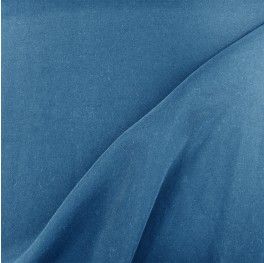
Lyocell fibers are extremely adaptable and may be blended with a broad variety of other fibers, including cotton, silk, and synthetic fibers such as acrylic and polyester, to increase durability.
Tencel is a very strong fiber that is soft to the touch, gentle on the skin, good at absorbing moisture, and frequently praised for its wrinkle- and crease-resistant qualities.
Conclusion
Tencel fabric is highly adaptable. Depending on the length of the fiber chosen for manufacture, there can be variations in thickness and texture.
From a cotton-like texture to a silky one, the fabric adapts to a variety of apparel styles, from activewear to flowing dresses.
According to Lenzing, Tencel possesses exceptional absorption properties: 50% more as compared to cotton.
This fabric is perfect for activewear since it is more breathable and less vulnerable to odor-causing bacteria growth than environmentally destructive synthetics. Perfect for the gym or for Bikram yoga!
Although it is more expensive than the ordinary workout tank top, we feel that quality should always be prioritized over quantity.
